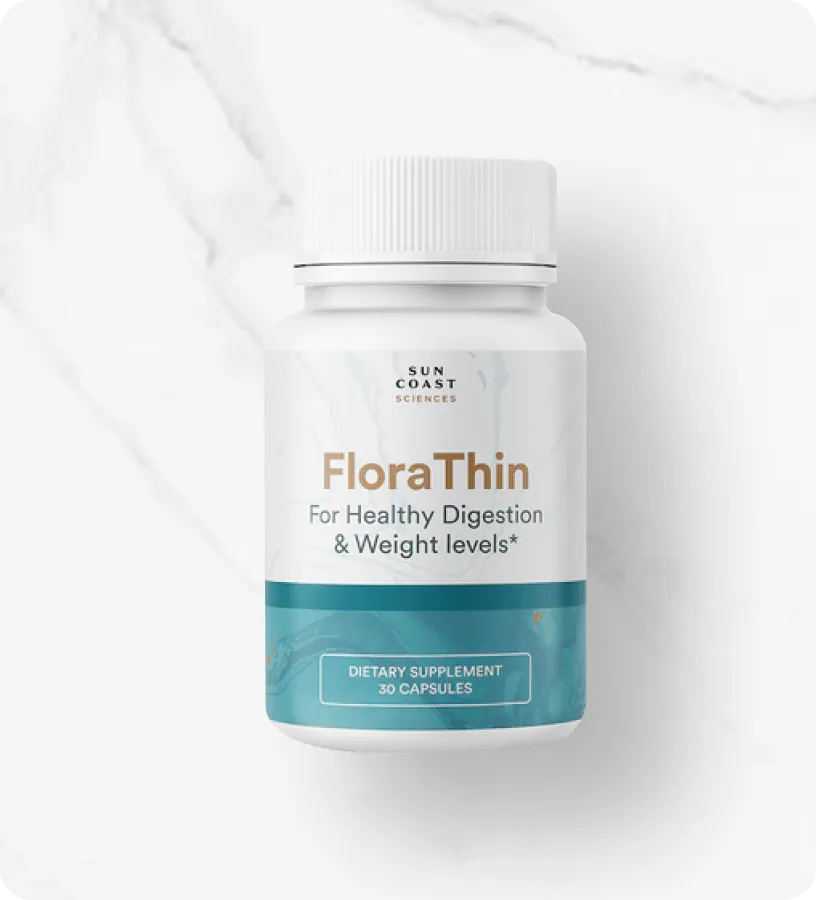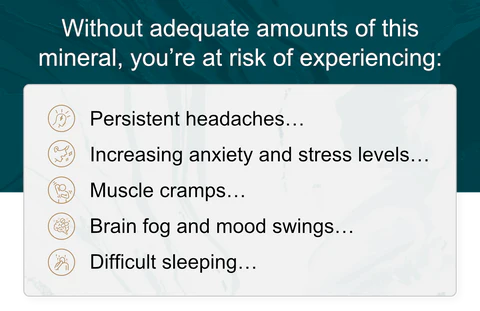The Essential Mineral Your Body Needs and Craves (Which Most Americans are Deficient In)
July 21, 2022

Did you know that one essential mineral is required for over 350 processes inside the human body?
While mineral deficiency tends to be more common in second and third-world countries, this particular nutrient is one that even those living in developed countries struggle to get enough of.
In fact, average intake levels of this mineral in the United States are declining so fast that researchers are calling it a public health crisis.1
Since you’re probably wondering what exactly I’m talking about…
I’m talking about magnesium.
Which is why magnesium deficiency is not to be taken lightly.
Scarily though, magnesium is the second biggest mineral deficiency in developed countries, next to Vitamin D. Which means that if you’re not supplementing with magnesium, you’re likely deficient too.
“But can’t we get magnesium from food?”
That used to be the case—however, these days our food sources have been dangerously depleted of magnesium…
Thanks to modern farming practices, our soil contains far fewer micronutrients than in the past, which means the fruits and vegetables grown in that soil aren’t as nutrient-rich as they once were.
Even if you ate pounds of nuts and dark leafy greens each day—where magnesium is supposed to be abundant—you’d still be unlikely to get enough magnesium to maintain the necessary levels for optimal health.
Now, if you’re in the small minority that does consume adequate magnesium, you won’t notice much of a benefit from adding a supplement to your regimen.
I could go on, but correcting magnesium deficiency is one of the fastest and best ways to improve your health, practically overnight.
Due to widespread magnesium deficiencies among my patients and the wider Sun Coast Community, we decided to restock our ultra premium magnesium formula: AccuThink.
Rather than a fistfull of capsules you have to swallow…
AccuThink is a delicious berry flavored shake you prepare in 30 seconds at breakfast or bedtime.
AccuThink then nourishes your brain and body with a huge 1g of MagTein - an ultra potent form of magnesium developed by scientists at MIT. And because it’s a smoothie, the MagTein is delivered through your bloodstream and absorbed fast as lightning
The Magtein in AccuThink is clinically proven by MIT scientists to reverse your brain age performance by 9 years.
And while AccuThink was primarily formulated for restoring peak brain function, its high potency means it can help restore magnesium throughout your body as well.
This explains why just one glass of AccuThink a day can help to:
1. Improve Sleep Quality: The MagTein in AccuThink helps regulate neurotransmitters involved in sleep, to help support sleep quality and duration.2. Manage Stress**:** MagTein helps address the effects of stress by regulating stress hormones and promoting relaxation.
3. Muscle Function**:** MagTein supports muscle contraction and relaxation.
4. Blood Sugar**:** It helps promote insulin sensitivity, for healthy regulation of blood sugar levels.
5. Heart Health: By helping to regulate blood pressure, the MagTein in AccuThink supports peak heart health
So if you’re concerned you may be among the 50% of Americans deficient in magnesium, and are eager to improve your all round health, then give AccuThink a try - arguably the world’s most potent MagTein formula:
















